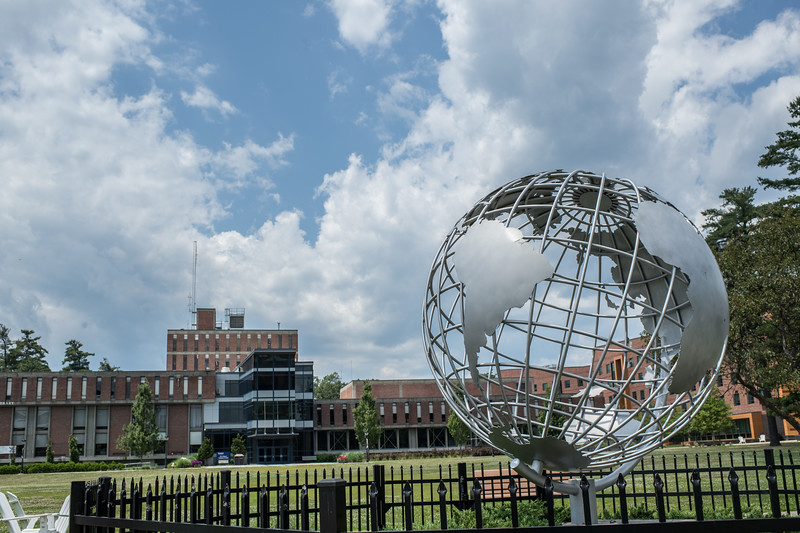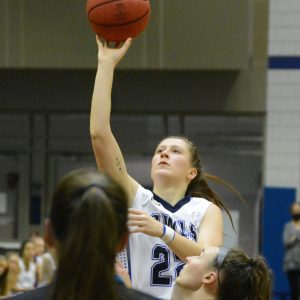WESTFIELD – COVID-19 has been costly.
Families and businesses have struggled financially throughout the pandemic, as have institutions of higher education.
Westfield State University’s Vice President for Administration and Finance Stephen Taksar responded to several questions from The Westfield News regarding how the University fared financially since the switch to remote learning in March 2020. Although the losses were significant, the University, unlike some smaller colleges and universities across the country, remains a solid institution that is ready for students to return and looks toward a future of growth with its new President Dr. Linda Thompson
Taksar said the 20-21 school year continued to be rough, with fewer students because of the pandemic, which took a financial toll.
“Full-time day school enrollment decreased by 444 students, or 11% over the prior fiscal year,” he said. “The approximate revenue loss of tuition and mandatory fee revenue was $4.9 million, and the loss of room and board revenue is estimated to be $12.5 million.”
When students did return to campus last fall, the University was diligent in its efforts to ensure the health of staff and students and everyone was tested weekly, which also came at a cost.
“Testing costs to date amounted to $1,884,500,” said Taksar. “Of this amount, the University was reimbursed $373,325 through federal HEERF (Higher Education Emergency Relief Fund) funding and the Governor’s Emergency Education Relief (GEER) fund.”
Housing and meal plans were another area where the University took a hit. Once the campus closed last spring, the University did its best to assist students and their families by crediting them for housing and meal plans. Taksar said the total credits processed equaled $6.2 million.
The revenue loss continued in many areas.
“The University lost revenue in many categories, including fitness center fees, parking fees, commissions, fundraising and summer program revenue,” Taksar said.
Taksar said like everyone else, the University had to tighten its belt.
“The University has instituted many cost-saving measures, such as a freeze on spending and holding positions vacant,” he said. “The University is also exploring using federal HEERF funds to back-fill some of the lost revenue as well.”
With the rescinding of COVID-19 orders across the state and the June 15 expiration of the state of emergency, the University administrators plan a return to “normal” in the fall.
“The majority of courses will return to on-ground, in-person format. The university will examine online options as needed to meet student demand,” Taksar said.
Summer session classes have already begun and the opening day for the 2021-2022 school year is Sept. 1.








